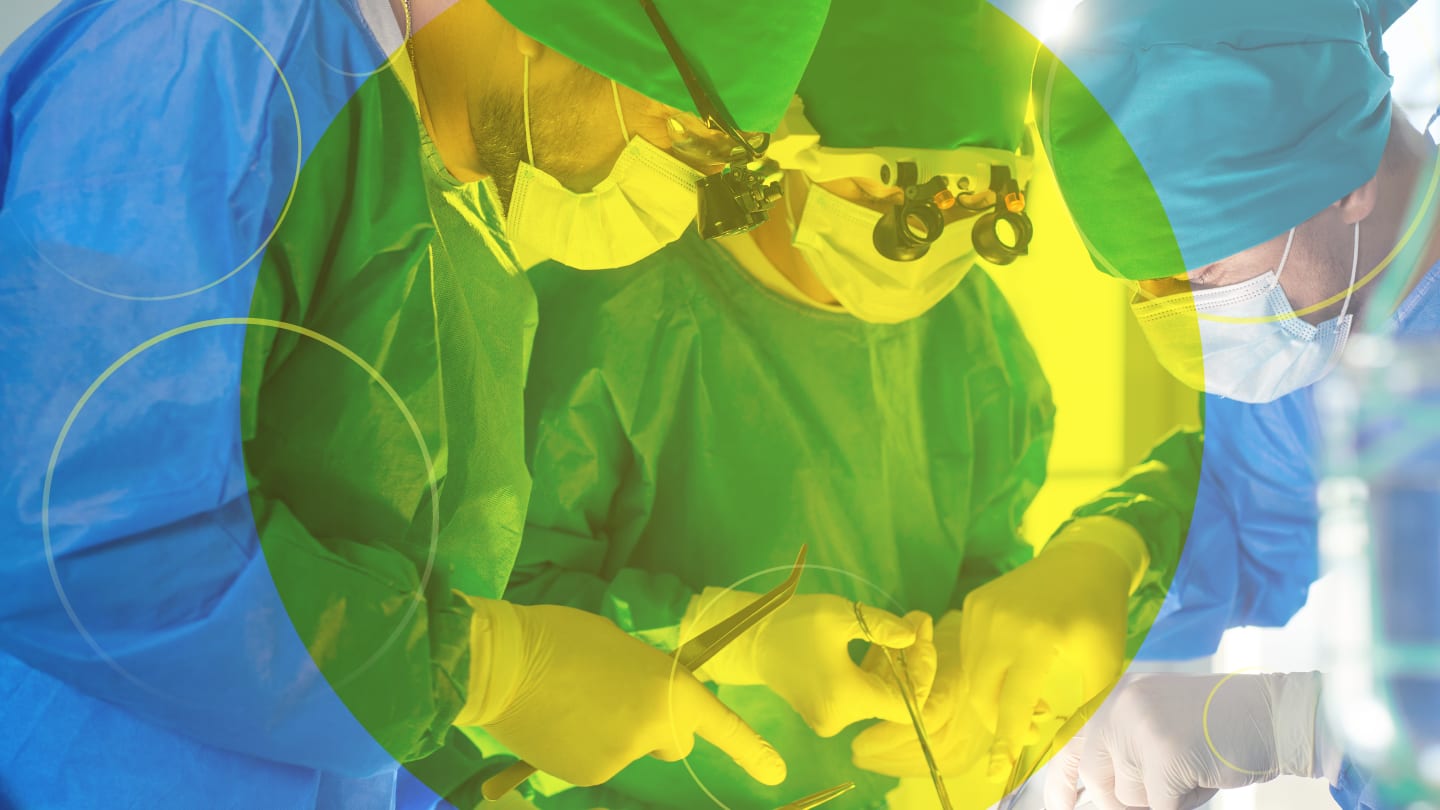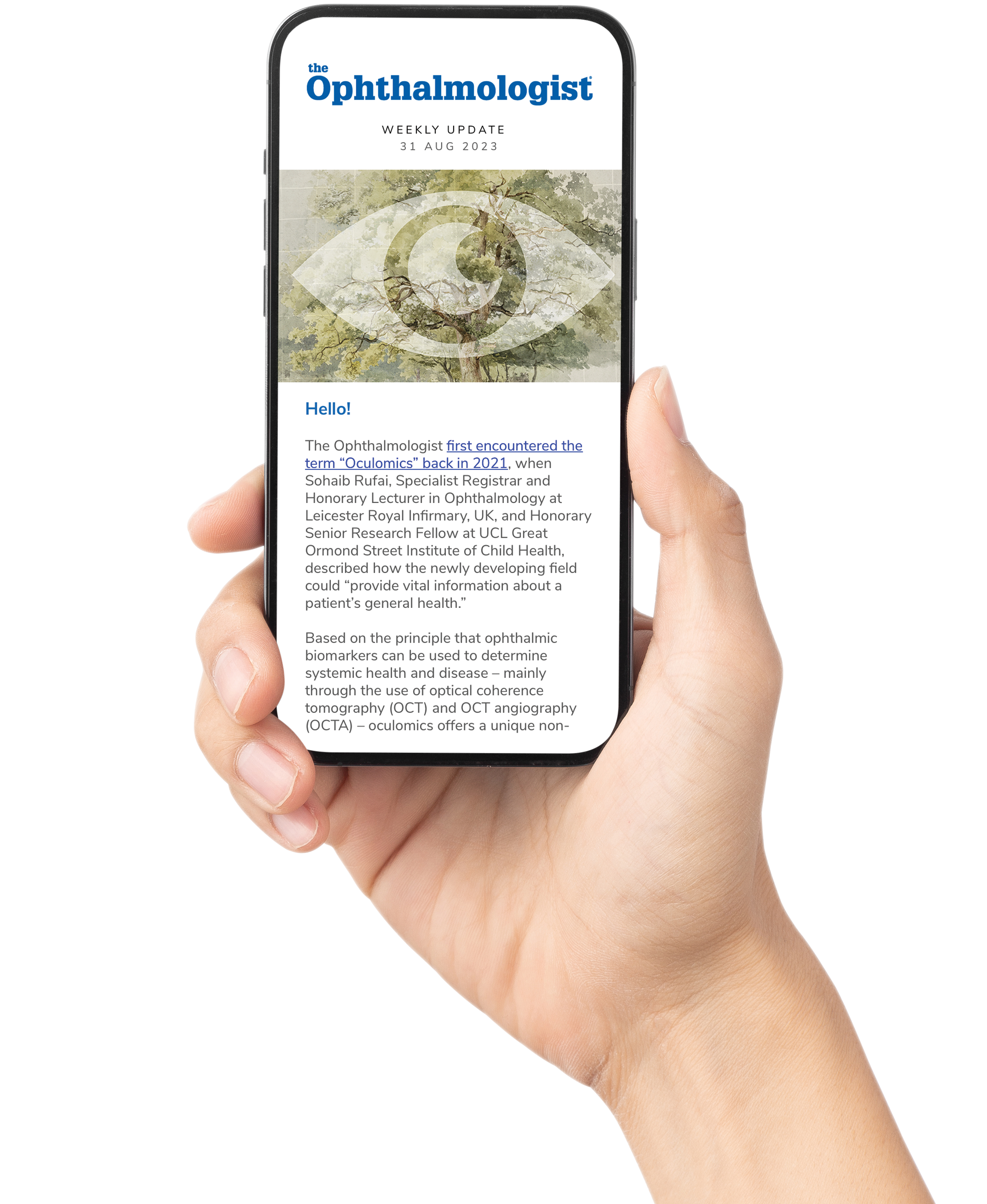
What prompted you to investigate immediate sequential bilateral cataract surgery (ISBCS) from the perspective of patients returning home after surgery?
Anders Hessellund: We started bilateral surgery one-and-a-half years ago, and for us it was a big change in mindset, because for years we have always told the patient “one eye at a time,” because if something happens, it would be devastating if both eyes are affected. But based on studies – primarily the Canadian studies by Arshinoff et al. – we thought it looked safe, and decided to do it.
This clinic here is run primarily by nurses. Nurses look at the whole patient, whereas cataract surgeons often tend to focus mainly on getting the patient free of glasses. So, it was natural to initiate a study here to investigate the procedure from the patient’s perspective. Partly we wanted to be able to consider how we would handle questions from patients. Because of the old mindset lots of patients have already heard from their neighbors and friends that they should never have both eyes operated on at the same time, and there is still a stigma around ISBCS. We were concerned about what the reaction would be for the patient having bilateral surgery – that was the big motivation for the study.
We were also thinking, “How should we send patients home after this type of surgery? What advice should we give them? How much post-operative aftercare is actually required?” Now, we advise that patients are accompanied for the first day after bi-lateral surgery. But we also wanted to evaluate whether that type of advice is even necessary, and to which specific patients this advice pertains.
Can you talk us through some of the main findings of your study?
Marianne Bach Nielsen: One of our main findings is that two-thirds of patients reported no need for assistance in the first 24 hours after surgery.
Mia Vestergaard Bendixen: Most of the patients did well at home after the surgery. They reported they were able to regain self-sufficiency in different activities – 88% could orientate themselves without any need for help, they were also able to do meal preparation and use stairs to some degree, and they were able to use their mobile phones and read. These were the main four factors we looked at in regards to the patients’ daily lives.
Were you surprised by these high levels of post-op independence revealed in your survey?
Anders Hessellund: We were. Ten years ago, patients wore eye patches on their first post-operative day, and of course you cannot put two patches on both eyes of a patient! I was surprised to find that the majority of patients could go home by themselves and didn't need any sort of assistance. But there were still one-third of patients who did need some assistance, and we’re now looking into how to identify those patients beforehand.
Were there any specific trends relating to one-third of patients still requiring some assistance?
Marianne Bach Nielsen: We analyzed the demographic factors to better understand which patients might need assistance, and the strongest trend we saw among these patients was that they had only primary school education.
Anders Hessellund: Age and gender didn't affect the results. We thought that possibly the older patients would need more assistance, but that doesn’t appear to be the case.
Marianne Bach Nielsen: We also asked survey respondents if they were living alone or with a partner, and we didn't see any difference between those situations either.
Do you think your findings could reduce hesitation among both surgeons and patients who are wary of same-day surgery?
Anders Hessellund: Definitely. From our point-of-view, we are not so reluctant anymore to do bilateral surgery because the recovery time is so fast. I believe that as we keep on doing it, patients will continue to talk to one another about this type of surgery, and bilateral surgery will become the new normal. I think that in five years, maybe 60%-70% of cataract surgeries will be bilateral.
Are there any specific patient groups — for example, those with comorbidities or reduced mobility — you think would benefit most from ISBCS?
Anders Hessellund: Yes, of course. If you have problems being mobilized then you need to only go in once instead of twice.
Marianne Bach Nielsen: Another key finding is that we asked patients whether they would be willing to repeat their bilateral surgery, and 99% of respondents said they would be willing to repeat the operation with both eyes.
Is there anything else you would like to add?
Mia Vestergaard Bendixen: Hearing the patient's perspective was very important for us, because we wanted to reassure our patients that they could manage and that it is safe to go home after this type of surgery. That was a major concern of ours when we started the project. We wanted to be sure that they would be safe and wouldn’t end up having to come back into the hospital again because of associated post-operative falls or accidents. So that was important to us, and we think this study’s findings can be used to reassure patients considering the treatment that most of our patients can manage at home straight away.
Of course we need to consider individual needs, but it’s important for us as clinicians, when we start out on a new treatment, that safety and quality are both ensured for our patients.
